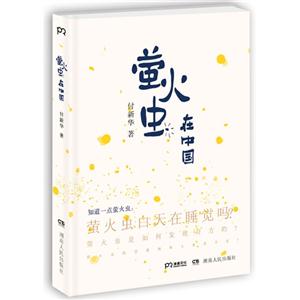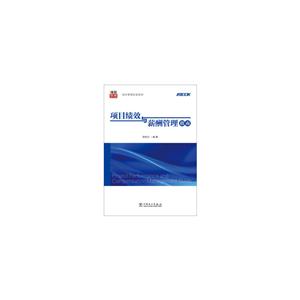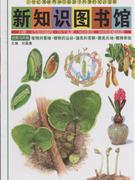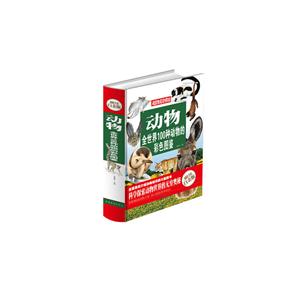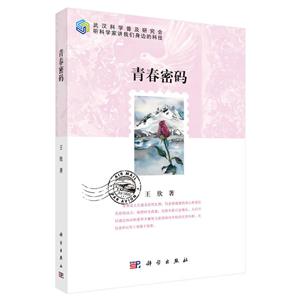WATER IN AGRICLTURE-英文版

|
WATER IN AGRICLTURE-英文版作者:NULL 开 本:16开 书号ISBN:9787030275981 定价:80.0 出版时间:2010-05-01 出版社:科学出版社 |
divisions of seasonal droughts in hilly areas of southern china
streamfiow simulation over the yellow river basin using two different resolution of the lrm with riems
contributing authors
WATER IN AGRICLTURE-英文版 节选
《农业用水:挑战、科技创新、技术措施(英文版)》内容简介:Water resource is one of the most important natural resources that mankind depends on for survival and development, and one of the controlling factors of the ecology and environment. Global water use has been growing at more than twice the rate of population growth in the last century. Moreover, the water scarcity situation is being exacerbated by climate change, especially in the driest areas of the world. Agriculture consumes about 70 percent of all freshwater withdrawn and up to 95 percent in several developing countries. To tackle water scarcity even as the demand for food increases, we must support initiatives to improve water conservation and delivery systems, protect the earth's ecosystems, conserve rain-fed moisture and use water for food production more efficiently, or produce more food with proportionately less water. Coping with water scarcity requires addressing a range of issues, not all of them directly linked to agricu- lture. They range from protection of the environment and global warming to fair pricing of water services and equitable distribution of water .for irrigation, industry and household use. This is why not only the agriculture sector, but everyone, international organizations, governments and local communities must share the responsibility.
WATER IN AGRICLTURE-英文版 相关资料
插图:With a rapidly growing economy and burgeoning populations, the country's scarce water resources are seriously affected by pollution from the vast dis- charges of industrial and domestic wastewater, indiscriminate solid waste disposal, and runoff from an agricultural sector characterized by the excessive use of ferti-lizer and pesticides and by large-scale livestock breeding. Nowadays, most of thewater bodies in China are polluted, and some are heavily polluted. Surface andgroundwater pollution now represents a very large problem, both for publichealth and for the environment.The total wastewater discharges have steadily risen, being 53. 7 billion tons in2006, with COD discharges and NH3-N discharges amounting to 14.28 millionand 1.41 milliotl tons, respectively (MEP, 2007). It was not until 2007 that therising trend of water pollution discharges began to show signs of reversing, as thetotal 2007 COD discharges were reported to be 3.14% less than for 2006. In2003,38. 1% of China's river waters were considered to be polluted, up from 33%just one decade earlier. More than 75% of the water in the rivers flowing throughChina's urban areas is unsuitable for drinking or fishing. Only 6 of China's 27largest cities have a drinking water supply that meets the State standards. Manyurban river sections, and some large freshwater lakes, are so polluted that theycannot even be used for irrigation (Economy, 2004). According to The State Environmental Protection Administration's (SEPA)annual report (EAI, 2003), over 70% of the water in five of the seven major riversystems, the Huai, Songhua, Hai, Yellow and Liao, was grade IV or worse, i. e., it could not meet any designated beneficial uses. For the Hai and Huai rivers, thisamount was 80. Even the majestic Yangtze river suffered a deep decline inwater quality, more than doubling the percentage of its water that was notsuitable for human contact to 48. 5 % in 2002 (Economy, 2004).Over the past decade, the rapid growth in populations and industrial activitieshas also been accompanied by a rapid rise in the level of pollution in China'swaterways. In terms of the source of water pollution, 50% of the water pollutionis caused by industrial and municipal wastewater discharges and by the leachingof solid waste; the remaining 50% is caused by non-point sources (in ruralareas), including nutrient runoff, pesticides, and emissions from intensive livestockproduction.

农业/林业 农业基础科学
在线阅读
- 最新内容
- 相关内容
- 网友推荐
- 图文推荐
| [高考] 2022 西安电子科技大学《软件工程》大作业答案 (2022-04-25) |
| [家长教育] 孩子为什么会和父母感情疏离? (2019-07-14) |
| [教师分享] 给远方姐姐的一封信 (2018-11-07) |
| [教师分享] 伸缩门 (2018-11-07) |
| [教师分享] 回家乡 (2018-11-07) |
| [教师分享] 是风味也是人间 (2018-11-07) |
| [教师分享] 一句格言的启示 (2018-11-07) |
| [教师分享] 无规矩不成方圆 (2018-11-07) |
| [教师分享] 第十届全国教育名家论坛有感(二) (2018-11-07) |
| [教师分享] 贪玩的小狗 (2018-11-07) |

